Supreme Court Seeks Data on Underage Marriages under POCSO Act
- ByAdmin --
- 31 May 2025 --
- 0 Comments
The Supreme Court of India has recently taken a significant step by directing the Central Government to collect and submit comprehensive data on underage marriages, particularly those involving cases under the Protection of Children from Sexual Offences (POCSO) Act. This directive aims to better understand the extent of child marriages in the country and how these early unions intersect with sexual offences against minors. The Court’s intervention underscores the urgent need to protect children’s rights and strengthen legal mechanisms to prevent exploitation and abuse.
Background
Child marriage remains a persistent social challenge in India despite legal prohibitions. According to prevailing laws, the legal age for marriage is 18 years for women and 21 years for men. However, underage marriages continue in several parts of the country due to deep-rooted socio-economic and cultural factors.
The POCSO Act, enacted in 2012, is a comprehensive law designed to protect children below 18 years from sexual offences, including sexual assault, harassment, and exploitation. Underage marriages often expose children, especially girls, to sexual abuse, domestic violence, and other forms of exploitation, which fall within the ambit of POCSO.
The Supreme Court’s direction reflects growing concerns that cases of child marriage are often linked to POCSO violations, yet there is a lack of consolidated data to evaluate the magnitude of the problem or implement corrective measures effectively.
Key Directions from the Supreme Court
- Collection of Data on Underage Marriages
The Court has asked the Centre to collect detailed and accurate data on the incidence of underage marriages. This includes the number of cases registered under the POCSO Act where marriage to a minor is involved.
- Linkage Between Child Marriage and Sexual Offences
The Court seeks clarity on how many underage marriages lead to POCSO cases, highlighting the relationship between early marriage and sexual exploitation of minors.
- Monitoring and Reporting Framework
The Court has emphasized the need for a real-time monitoring mechanism for tracking cases of child marriage and related POCSO offences to ensure timely intervention and protection of minors.
- Policy Review and Recommendations
Based on the data, the Court expects the Centre to suggest reforms in existing laws and policies to address gaps in the prevention of child marriage and protection of children from sexual offences.
Legal Framework Related to Child Marriage and POCSO
- The Prohibition of Child Marriage Act, 2006
This Act prohibits the marriage of girls under 18 and boys under 21 years and provides for penalties and voidance of child marriages.
- Protection of Children from Sexual Offences (POCSO) Act, 2012
Provides for protection of children from offenses like sexual assault, harassment, and pornography, ensuring child-friendly judicial processes.
- The Juvenile Justice (Care and Protection of Children) Act, 2015
Contains provisions for the care, protection, and rehabilitation of children, including those rescued from child marriage and exploitation.
- Article 21 of the Constitution of India
Guarantees the right to life and personal liberty, which has been interpreted to include the right to live with dignity, free from exploitation.
Implications of the Supreme Court’s Directive
- Strengthened Child Protection
The directive pushes for more stringent enforcement of laws protecting children from marriage and sexual offences, leading to better safeguarding of child rights.
- Enhanced Data-Driven Policy Making
Comprehensive data will allow policymakers to identify hotspots, understand patterns, and design targeted interventions to curb child marriages and associated abuses.
- Judicial Oversight and Accountability
Real-time tracking and reporting mechanisms will increase accountability of law enforcement agencies and ensure timely justice for victims.
- Increased Awareness and Education
The focus on data and policy reforms is expected to catalyze awareness campaigns on the harmful effects of child marriage and the legal protections available to children.
Challenges to Address
- Underreporting and Data Gaps
Child marriages and POCSO cases are often underreported due to stigma, lack of awareness, and social pressures, posing a challenge to accurate data collection.
- Cultural and Socio-Economic Barriers
Deeply entrenched traditions and economic factors drive child marriages, requiring comprehensive social reform beyond legal measures.
- Coordination Among Agencies
Effective implementation requires coordination among police, judiciary, child welfare committees, and NGOs to monitor and protect vulnerable children.
Way Forward
The Supreme Court’s intervention serves as a clarion call to strengthen India’s legal and institutional framework to protect children from early marriage and sexual abuse. The Centre’s forthcoming report and recommendations will be critical in shaping a comprehensive national strategy.
Key steps to move forward include:
- Creating centralized databases and dashboards to monitor underage marriages and POCSO cases.
- Training law enforcement and judicial officials in handling sensitive cases involving minors.
- Launching community outreach and educational programs to change mindsets and inform vulnerable populations of their rights.
- Enforcing stricter penalties on violators and ensuring survivor-centric approaches in legal processes.
Conclusion
By seeking detailed data on underage marriages connected with POCSO cases, the Supreme Court is reinforcing India’s commitment to child rights and welfare. This step is essential in closing loopholes in law enforcement, promoting accountability, and ultimately preventing the exploitation of minors. With collaborative efforts from the government, judiciary, and civil society, India can move closer to eradicating child marriage and safeguarding children from sexual offences, ensuring a safer and more just future for its young citizens.

























































































































































































































































































































































































































































































































































































































































































































































































































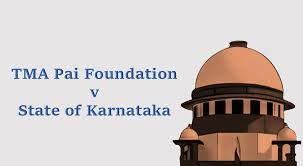


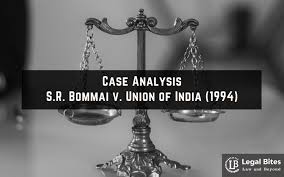





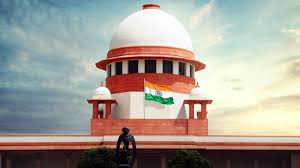


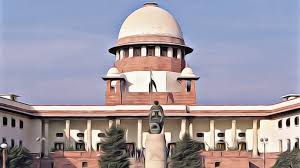

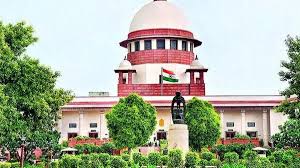









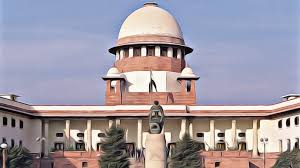




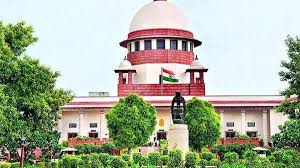



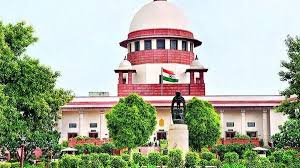
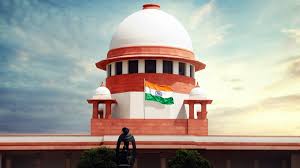



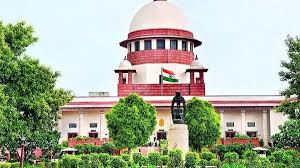
















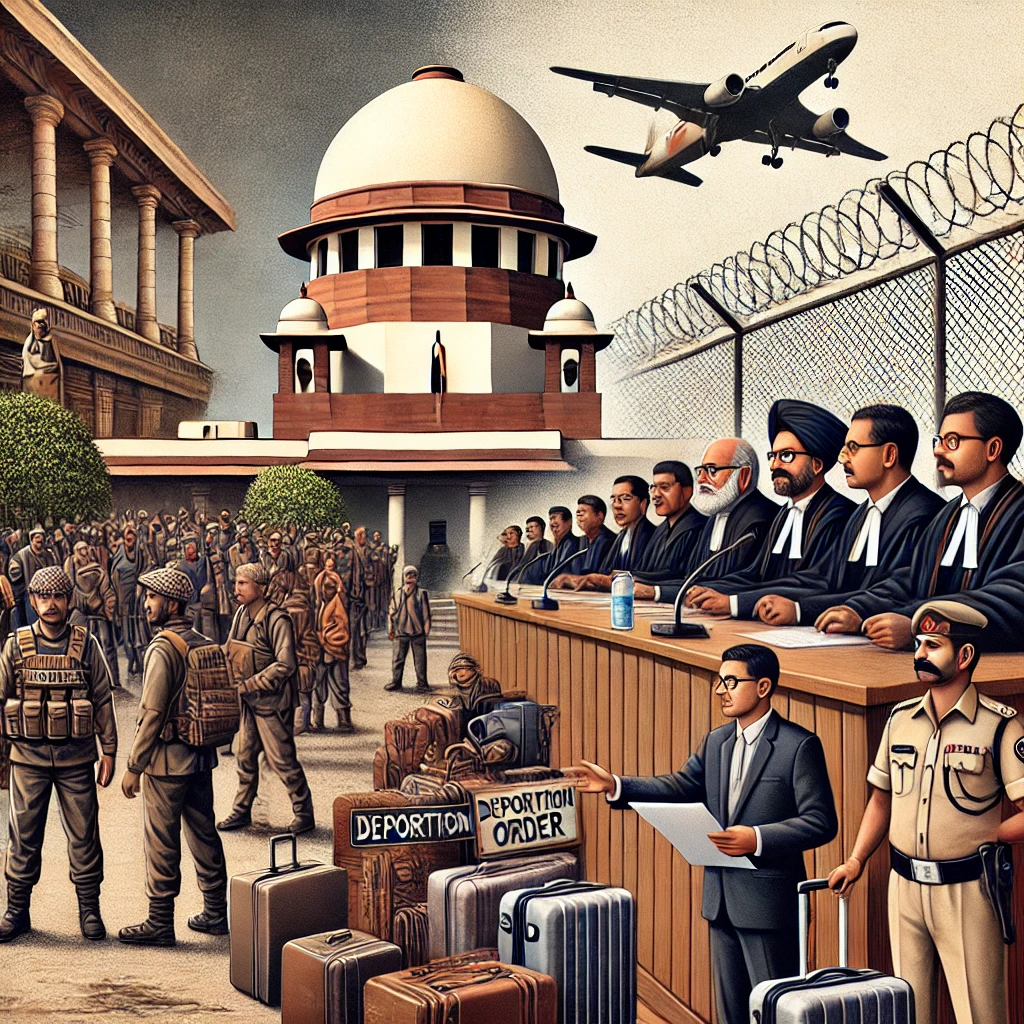
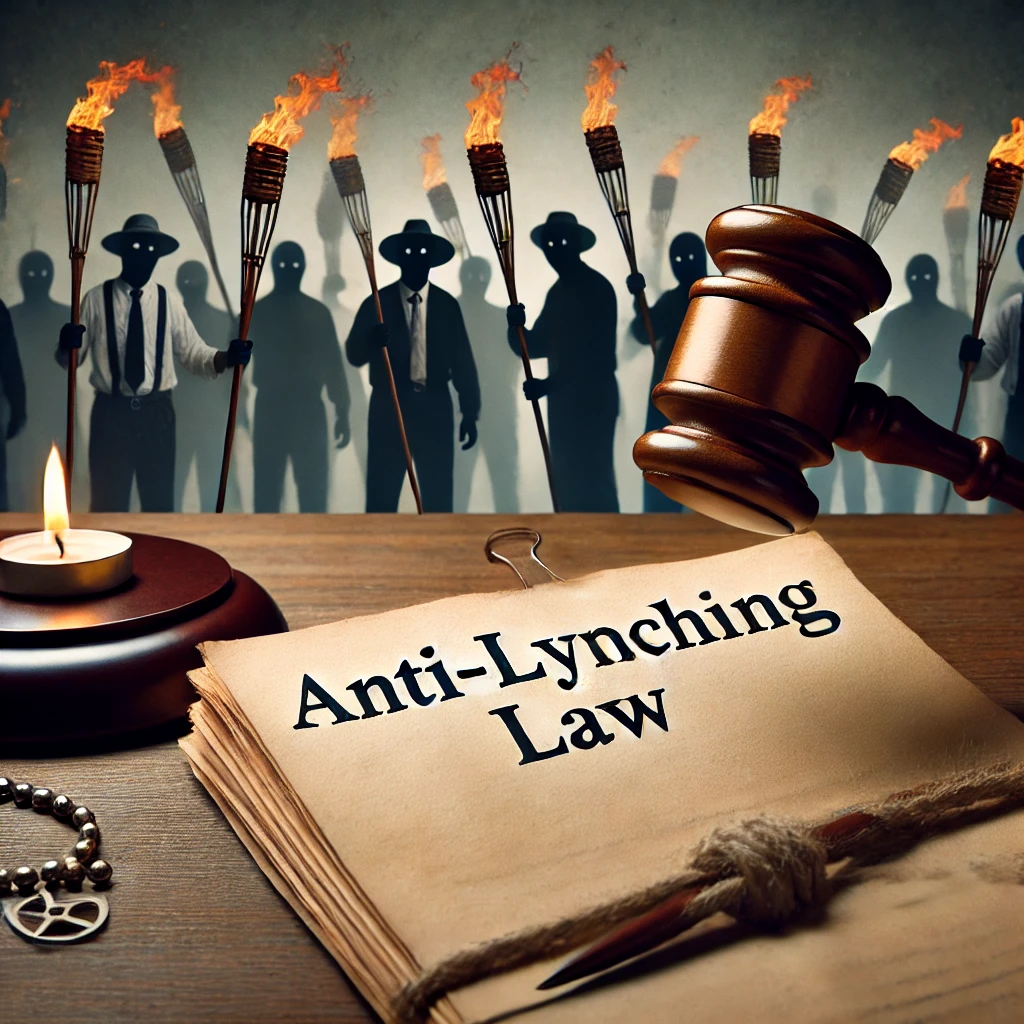
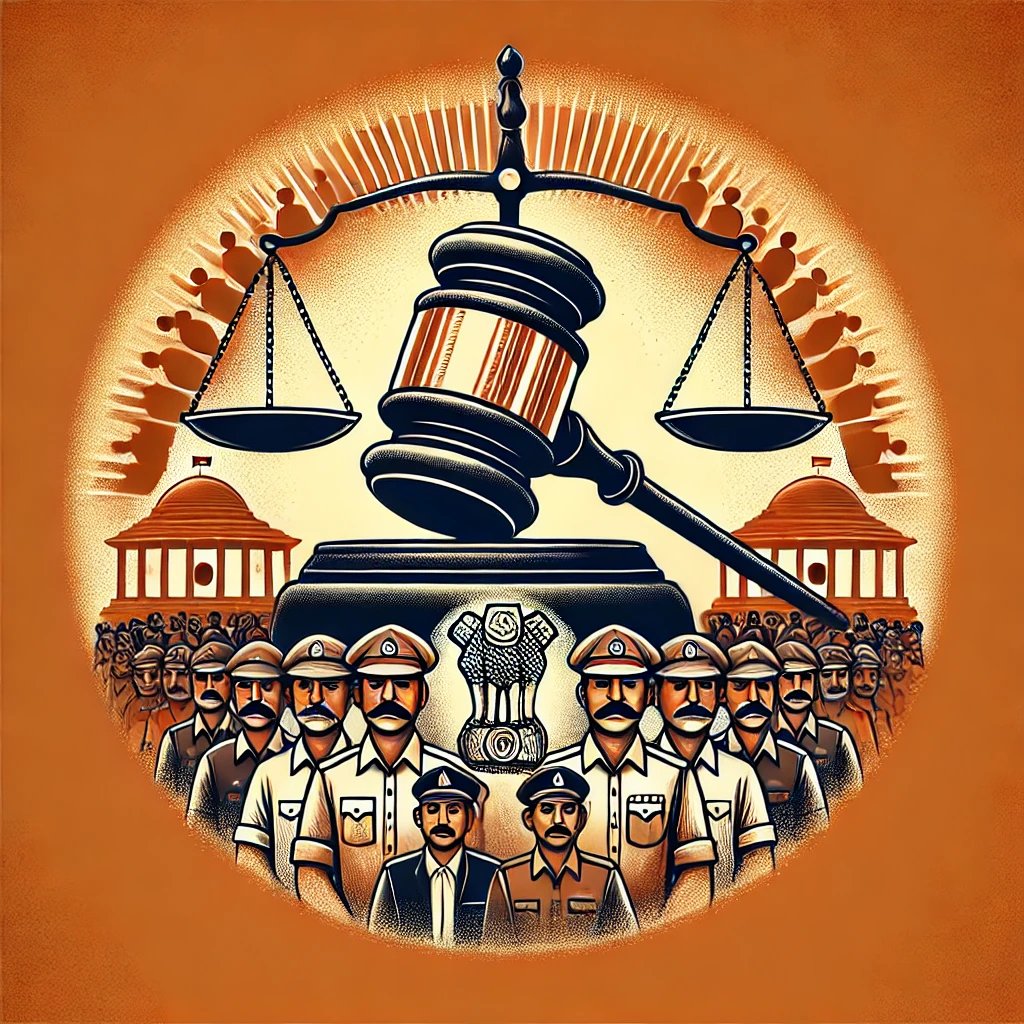

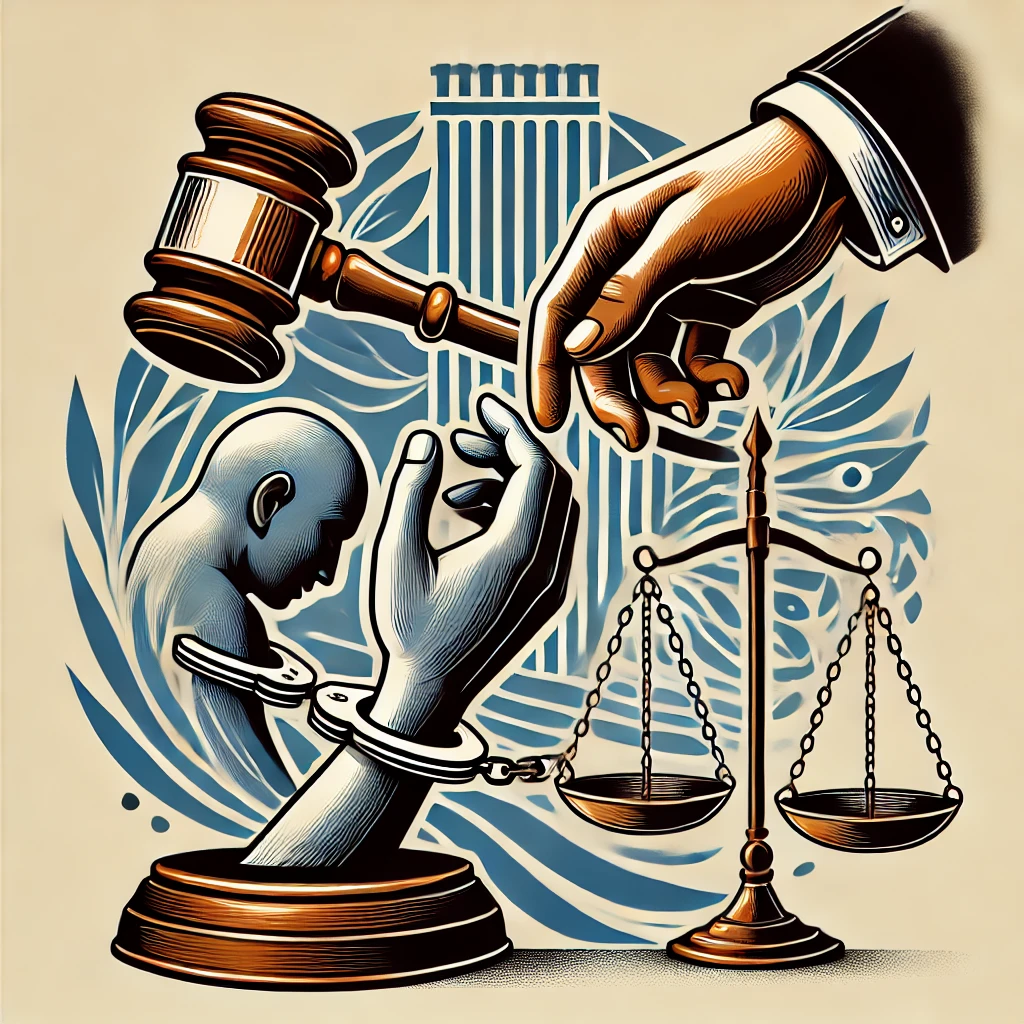
















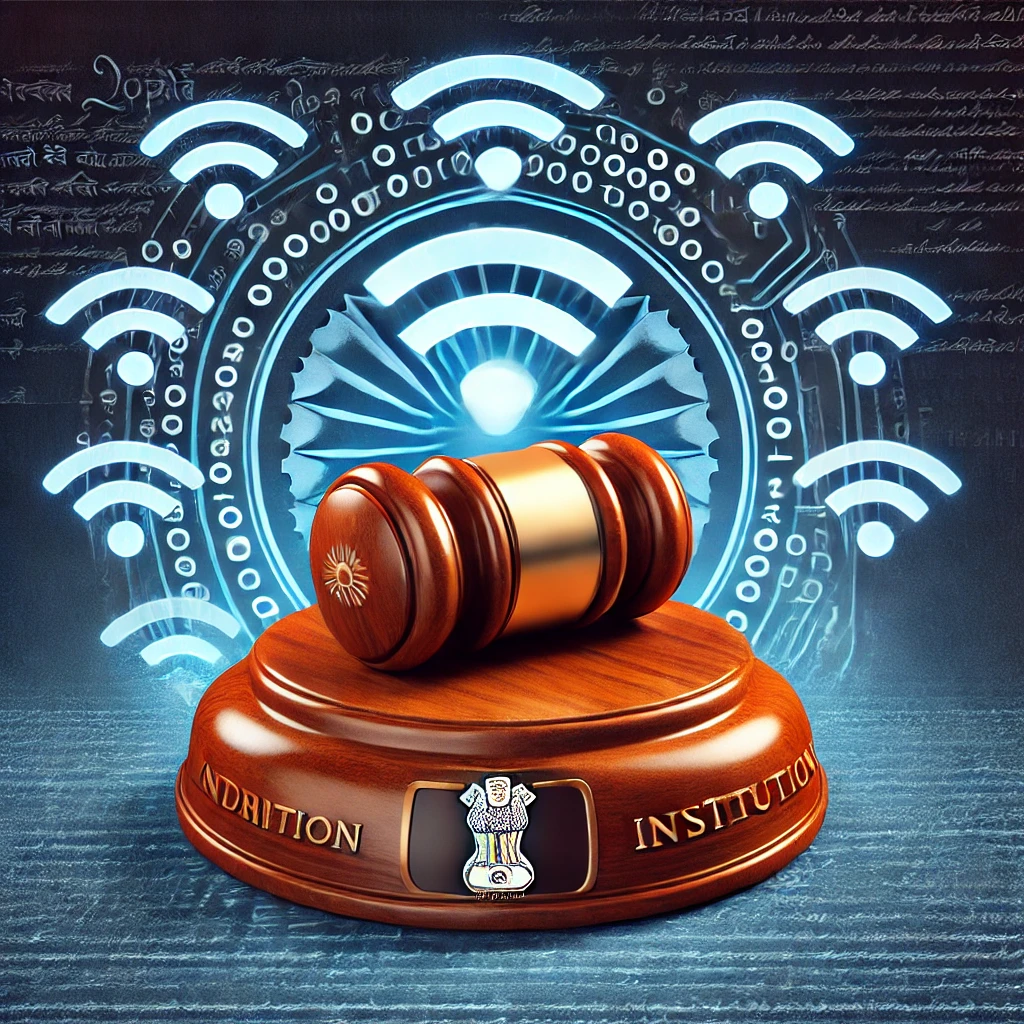
















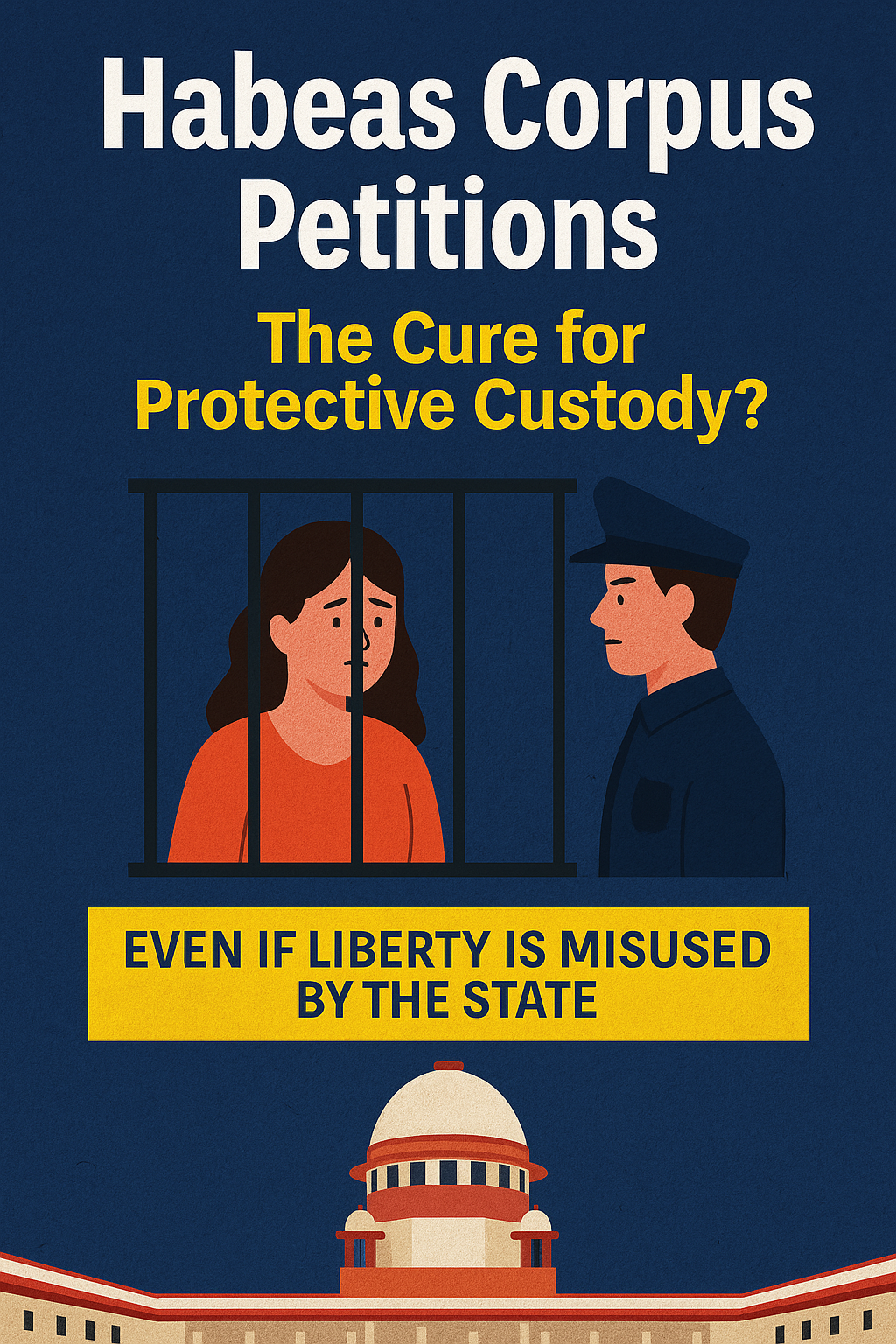




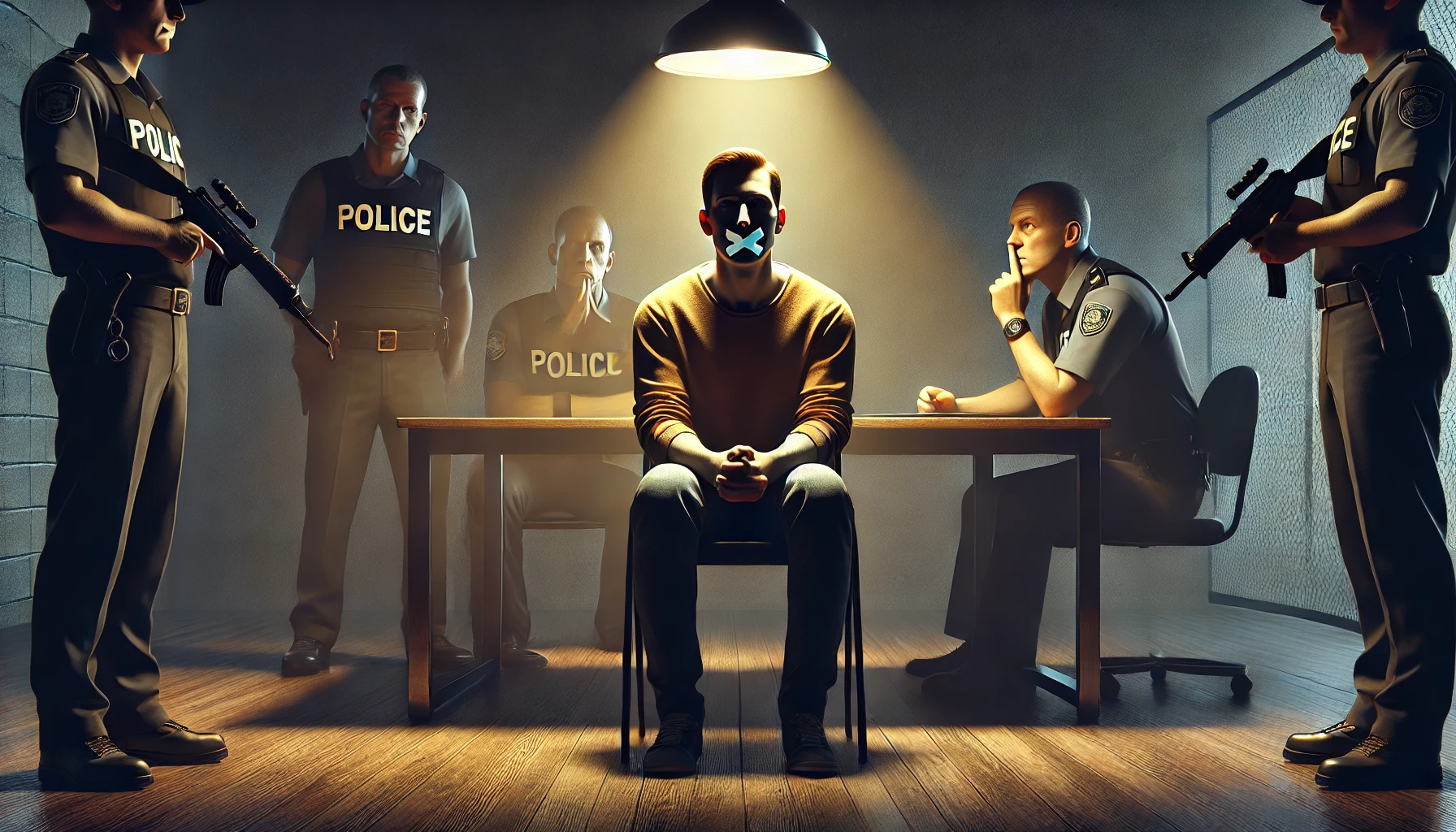




0 comments